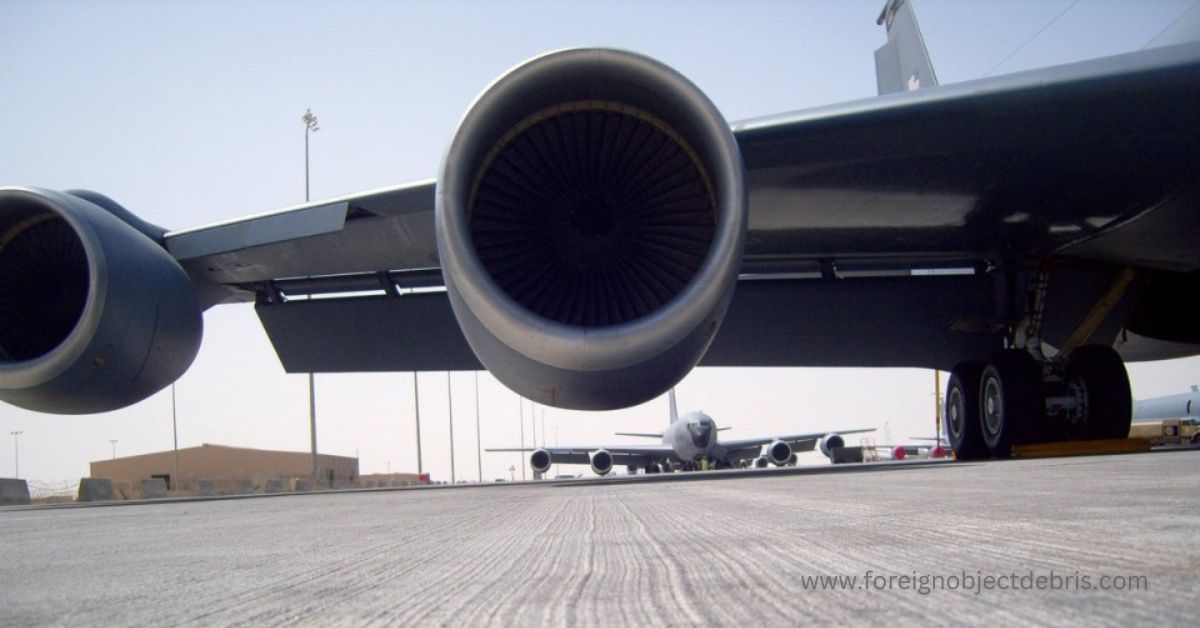
Introduction
Foreign object debris (FOD) is an aviation security threat that is often ignored. Every year, thousands of serious and fatal plane crashes are caused by FOD, including shooting bullets and concrete blocks into engines or windows.
It can cause catastrophic damage, not only to the aircraft, but also to people and property on the ground. Foreign object debris in aviation can also be deadly when ingested by engines, leading to operational difficulties or even the complete loss of the plane.
That’s why to protect against these risks, a foreign object debris prevention program is absolutely necessary. Such a program can be implemented by many different types of organizations, including airports, airlines and other transportation companies. It can be used to prevent debris from entering the engine or fuselage during take-off or landing and also during regular operations on the ground.
Where Is Foreign Object Debris Usually Found?
When talking about foreign object debris in an aerospace context, there’s a variety of places where FOD can be found. Manufacturing sites are one of the most common sites of FOD, as well as areas where aircraft are being cleaned and maintained.
In fact, the FAA has stated that they believe that FOD is present in all of these types of environments. They also note that manufacturing facilities are more likely to have FOD than other types of sites because of their high-speed production lines.
Airplane runways are another place where FOD can usually be found. FOD can be found on runways in the form of debris from aircraft, as well as other types of objects that have been left behind by workers or maintenance crews. In some cases, FOD can also be found in aircraft hangers and hangers where airplanes are housed at night.
Why Is a Foreign Object Debris in Aviation Prevention Program So Necessary?
A foreign object debris prevention program is necessary because it protects the plane itself, the people and property. It’s also important because it can help to prevent accidents.
It’s easy to see how a small piece of debris left on the runway could cause problems when an airplane is trying to land or take off at high speeds. If a small object gets sucked into an engine, that could cause it to malfunction or even stall completely.
Here’s an overview of the three things that a proper foreign object debris in aviation prevention program can protect:
- The plane itself: Foreign object debris can damage the environment. For example, if a piece of foreign object debris falls into a plane engine, it could damage the plane and even injure the pilots and passengers. The damage to the plane could include massive harm to the engine and the people it’s carrying.
- People: Foreign object debris poses a threat to people. If a passenger or pilot is injured from foreign object debris getting into the plane, they may be able to sue the airline. The plaintiff would be able to recover damages for injuries caused by the airline’s lack of a well-designed foreign object debris prevention program.
- Property: Foreign object debris can also damage property such as the plane, the runway, and the airport where it’s going to land. An airline may have to pay for the damages caused by foreign object debris, which can be a large amount of money.
Conclusion
Foreign object debris is a problem that can be prevented with a well-designed foreign object debris prevention program. However, if an airline fails to implement such a program and a passenger is injured or property damaged as a result of foreign object debris, they may have grounds for a lawsuit against the airline.
